May 17, 2025 | 15:13 GMT +7
May 17, 2025 | 15:13 GMT +7
Hotline: 0913.378.918
May 17, 2025 | 15:13 GMT +7
Hotline: 0913.378.918

Modern equipment and the latest technology may not be suitable for all aquaculture operations. Photo: Neil Quijano.
Auto-farming using sensors and artificial intelligence, seeking aid through the internet and Big data systems are seen as the next premise in sustainable production to meet future seafood demands.
Modern urban fish farms are much smaller in size but can achieve a production volume of 58 times more than traditional farms.
Traditional farms can produce 34 tons of fish/ha/year, but with the right technology, next-generation farms can harvest up to 2,000 tons/ha/year in climatic, indoor, biosafety and antibiotic-free environments.
Smart farms are more energy efficient. One kilogram of fish may require only 1.5 kW of electricity to produce while conventional systems may use 25 - 30 kW. Recent advances in genetics, nutrition and other techniques have made it possible for farms to produce more with less waste of resources.
But farmers must take into account the key factors before investing in new technology. Modern equipment or latest technologies may not be for everyone. To achieve success, fish farmers must first grasp the implementation cost of these technologies.
According to Matthew Tan, associate professor (A/Prof.) of aquaculture at James Cook University (JCU), Singapore Representative (Private Sector) - APEC Policy Partnership on Food Security, aquaculture is “a very profitable industry".
A/Prof. Tan stated that fish farmers should understand the financial model before moving to Aquaculture 4.0. “Look at the market first, and ask questions: Who is buying? What is the price of the fish? What is the cost of implementing the technology?”
Aquaculture 4.0 is an aquaculture industry adapted to the Fourth Industrial Revolution (Industry 4.0). Aquaculture 4.0 is defined by today's trend of smart automation, linkage and other groundbreaking technologies.
A/Prof. Tan added that for each additional upgrade in equipment or technology, additional costs must be put into consideration to determine whether it is worth pursuing/adopting.
He shared an example of his experience running an abalone hatchery in China, where it cost 3-4 cents to produce one baby abalone. “Implementing a new technology costs me 4 cents more means having to cost 8 cents just to produce a baby abalone. I won't use that technology because my selling price is only 6-7 cents.”
He concluded that only when the production costs are lower while the underwriting and selling price are well-maintained will the new technology makes sense, not only in the aquaculture sector but also in other economic fields.
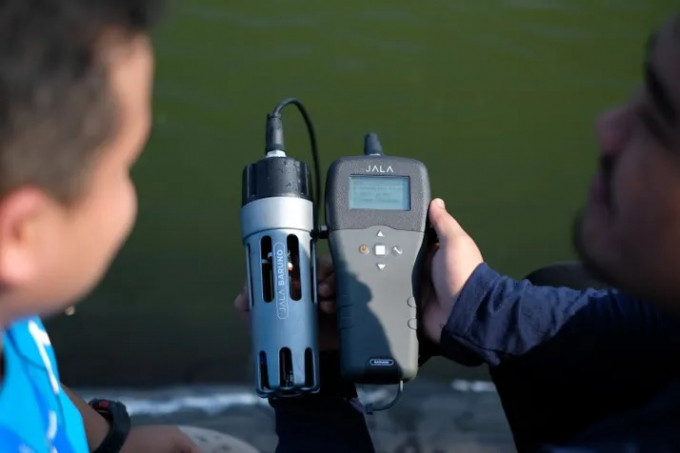
Each additional upgrade in equipment or technology, additional costs must be put into consideration to determine whether it is worth pursuing/adopting. Photo: JAJA.
On the other hand, he said that high initial investments in modern aquaculture "hold more meaning in terms of finance".
A/Prof. Tan is researching indoor super-intensive shrimp farms at the moment. He admits that this model will be more expensive to set up than open ponds. But considering the risk of disease outbreaks in shrimp, closed systems with high biosecurity may be a better option.
“Open-pond farmers always think that shrimp is much cheaper, thus making more profit. But if you take into account all the losses when the disease hits, they will see that it is actually a massive loss," A/Prof. Tan said.
Mr. Francis Neil Quijano, Founder of Agritektura Diversified Company, mentions how new technology and equipment can reduce electricity costs, especially in the Philippines, where electricity-intensive recirculating aquaculture systems (RAS) are struggling to further develop.
“We are using old technology in the Philippines, for example an aerator that has a minimum wattage of one horsepower and requires 745 W. Now we are using a better, energy-efficient aquarium tank which consumes approximately 165 W. This can make RAS come closer to the realm of achievable feats.”
Mr. Quijano said that while fish farmers are still using technologies of the 1990s, he has the opportunity to witness more up-to-date technologies which were introduced in late 2020 thanks to working with other professionals, including those from outside the Philippines.
“Let's start with working with different professionals and experts. Not only modern fish farmers, but architects, engineers, and researchers should all work together. Embrace new technologies, which I know will work well in the Philippines,” he said.
Translated by Samuel Pham

(VAN) Muong Nhe Nature Reserve hopes that being upgraded to a national park will lay the foundation for forest protection efforts to be carried out in a systematic, modern, and sustainable manner.
/2025/05/16/3923-2-171845_52.jpg)
(VAN) Lower costs, higher yields, and improved soil quality are outstanding benefits that soybeans bring when integrated into the crop rotation system.
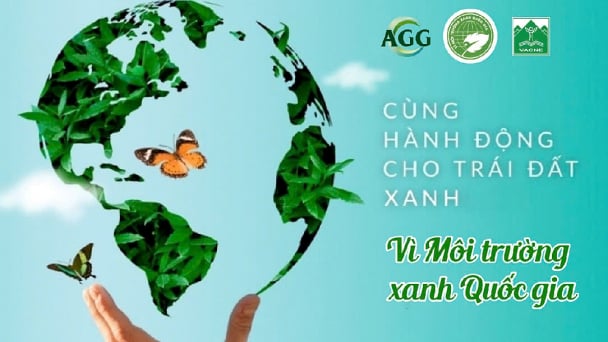
(VAN) The 'For a Green National Environment' programme aims to promote a green lifestyle, support businesses in implementing ESG practices, and turn Net Zero commitments into concrete actions.
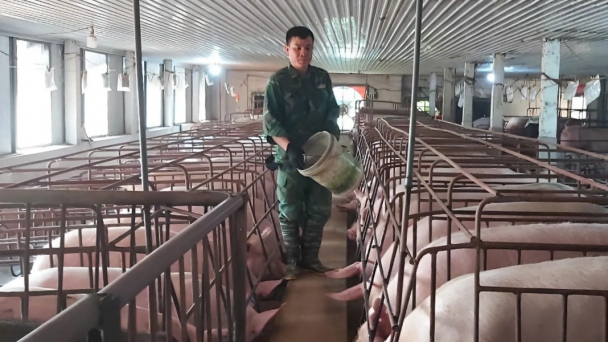
(VAN) Cold-barn systems efficiently manage environmental and temperature conditions, which aids in the prevention of respiratory diseases in pigs and protects them from the vectors that transmit African swine fevers.
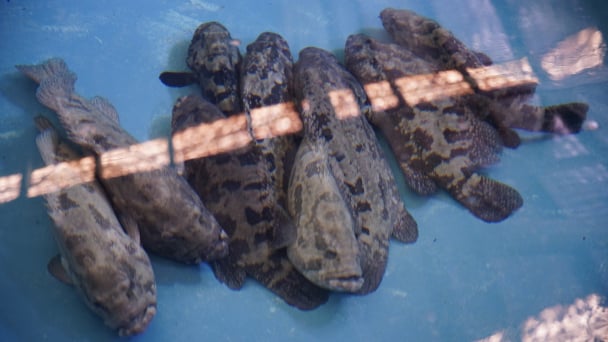
(VAN) To tackle challenges, the project 'Addressing key technical bottlenecks in the grouper supply chain in Vietnam' has been underway since 2024.
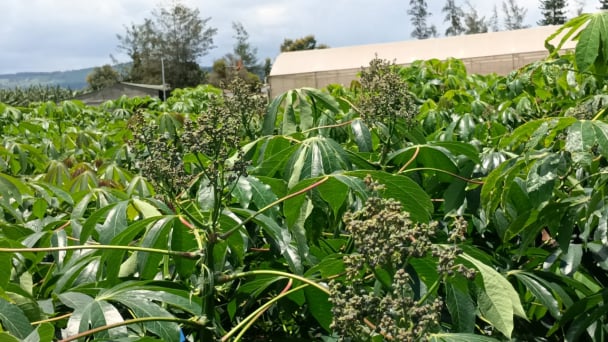
(VAN) The project 'Disease-Resilient and Sustainable Cassava Production Systems in the Mekong Region', funded by the Australian Center for International Agricultural Research (ACIAR), is being implemented from 2024 to 2028.
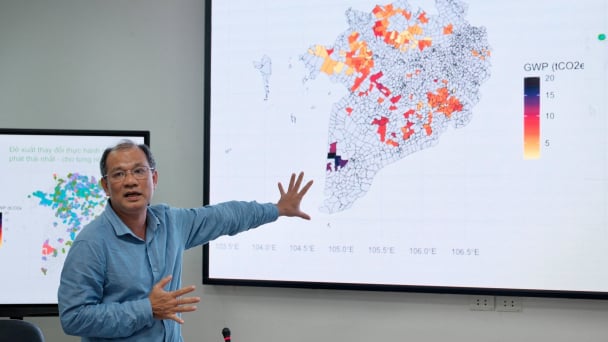
(VAN) Data from 10,000 farming households will help professionalize production organization and support the implementation of the One Million Hectares Program for High-Quality, Low-Emission Rice Cultivation.